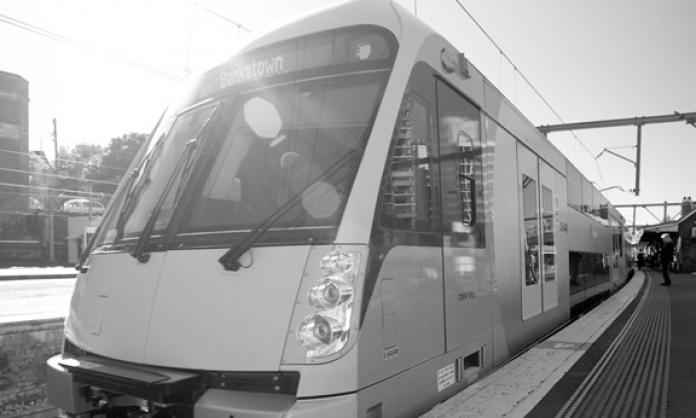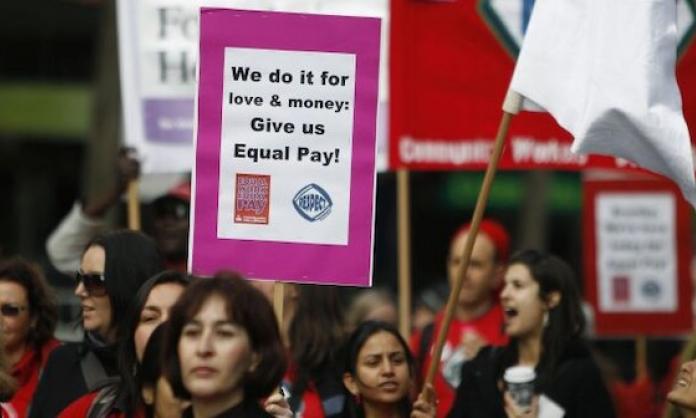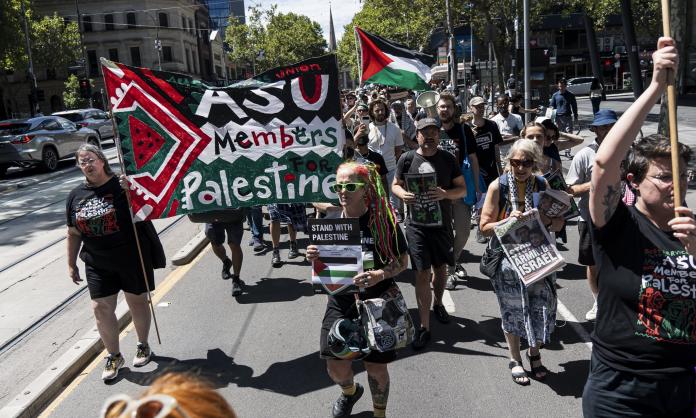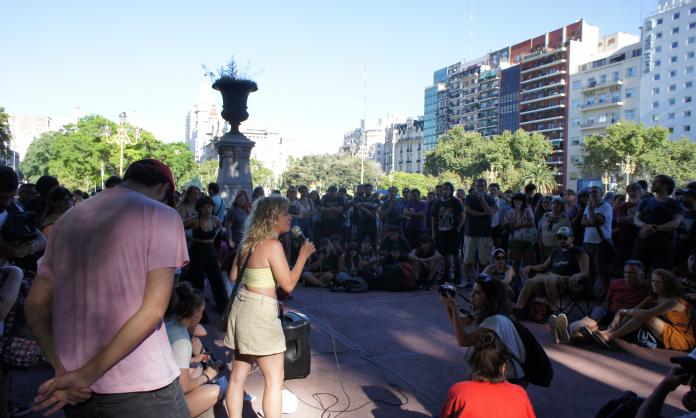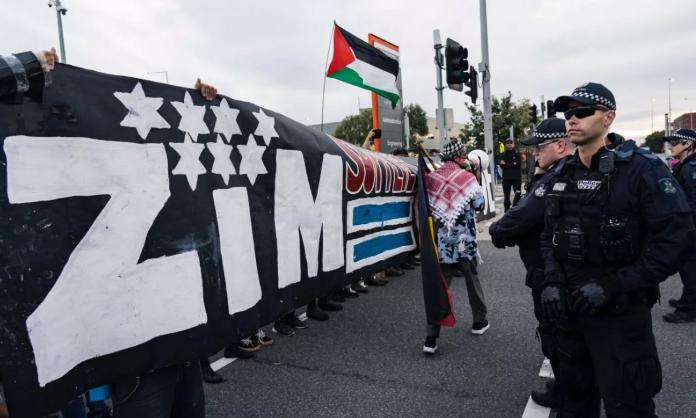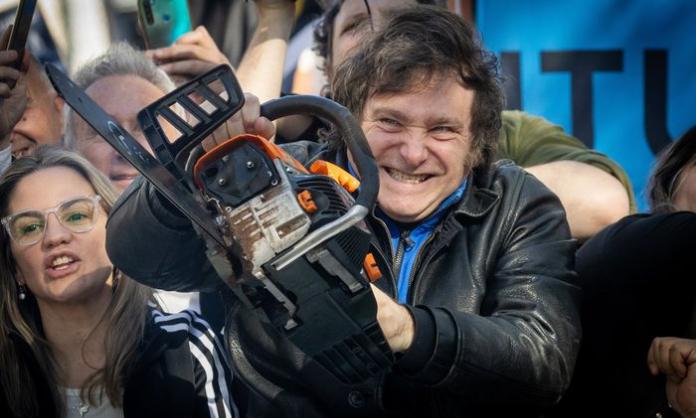The effects of the long term neglect of the Sydney rail system were displayed in dramatic fashion in mid-January, as the ageing system ground to a halt due to a shortage of drivers and guards to operate the new timetable.
For three days, people faced significant crowding on trains and platforms, delays and widespread cancellations of services. On 16 January, afternoon peak commuters faced wait times of more than an hour, and staff had to block entry to some stations because of safety concerns.
While demand for public transport in Sydney has surged, the Liberal state government has run the network without the required staff. The Transport Department put a freeze on hiring new operations crew from 2014 until late 2016. In three years, the number of drivers and guards rose by only 22, to 2,469.
The network has relied on drivers and guards doing excessive overtime. It is common for crew to work 12 days in a fortnight. One driver reported to Red Flag that he had worked more than 50 extra shifts in the last year.
Adding to the strain, the government implemented a new timetable in late November, which added 1,500 weekly services, despite there not being sufficient crew to operate it or any trains being added to the Sydney fleet.
Trains operating for more than 40 years, the S Sets, which lack any air conditioning for passengers, were brought out of their standby role to fill the gaps in peak hour services.
An internal Sydney Trains document, obtained by the NSW Labor Party, says that delays from incidents will be “cumulative and irrecoverable” during peak hours. The document also warns that delays in the morning will have a “larger impact on later peak services”, with “no opportunity for diversions or recovery from incidents” due to operating the network at “track capacity” for longer periods.
These warning were borne out in December. In one tragic instance, a morning fatality at Westmead Station caused extreme delays into the evening peak and even cancellations the following morning.
Workers fighting for a better deal
The same week as the rail crisis came to a head, the Rail, Tram and Bus Union’s ballot for industrial action was returned, with 85 percent voting for a strike of a week or longer, and 90 percent or higher voting for overtime bans and stoppages of up to three days.
Sydney train drivers are paid far less than those in Melbourne and Queensland.
The union is demanding a 6 percent annual increase in the wages of all Sydney Trains staff for four years. Winning this increase will require us to break the NSW government’s policy of capping public employee wages rises at 2.5 percent a year. This wage restraint has not been applied to senior government bureaucrats or Sydney Trains bosses. Sydney Trains CEO Howard Collins is paid $695,000 per year and received a 9 percent increase last year alone, as did three other executives.
Sydney Trains is also refusing to rule out further outsourcing of the maintenance division. Management has refused to guarantee priority redeployment for workers made redundant from restructuring.
The refusal to guarantee these conditions is a serious concern. Transport minister Andrew Constance has said that public transport “will be all private. In 10 to 15 years’ time, government will not be in the provision of transport services, it will be all on demand, private sector driven, underpinned by innovation in technology”.
With the introduction of an automated and privatised $20.8 billion Metro rail system and the prospect of Sydney Trains converting passenger trains to single person operation, more than a thousand jobs could be cut in coming years.
At the time of writing, the RTBU had called an indefinite ban on overtime and a 24-hour strike for 29 January. With stagnating wages being a common experience for the working class in Australia today, a real fight for wages and conditions by NSW rail workers would be a great example for workers around the country.




